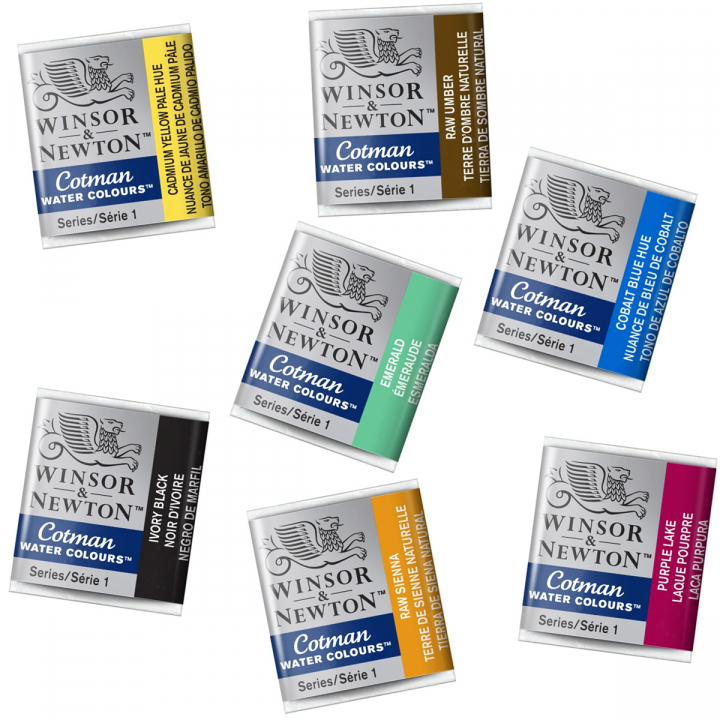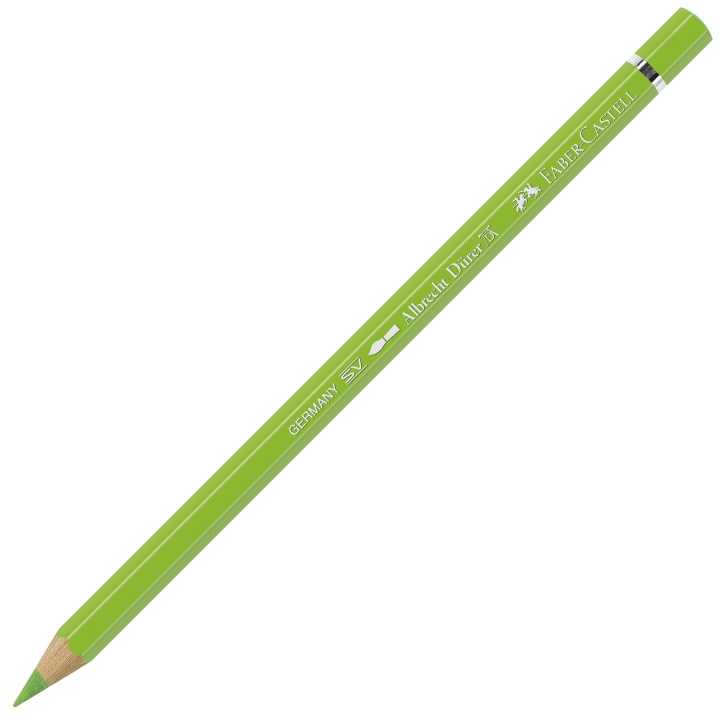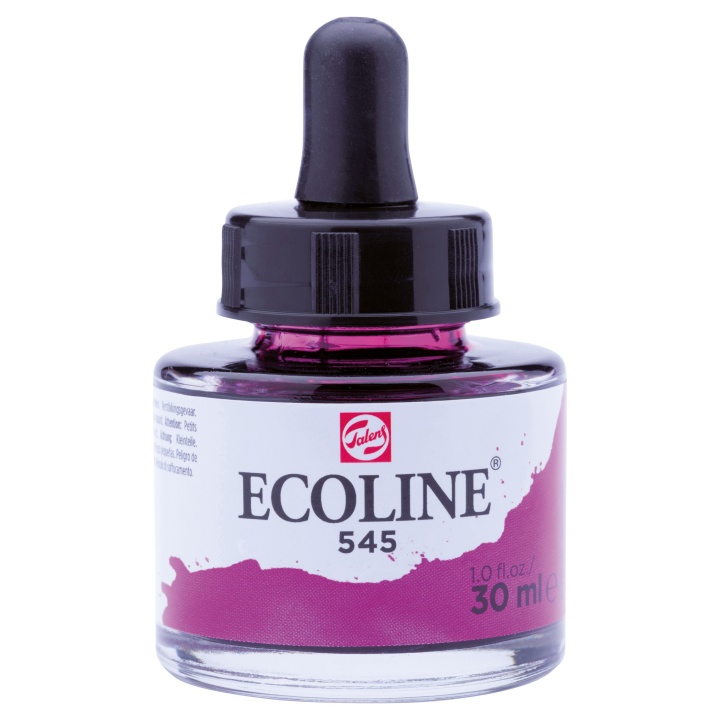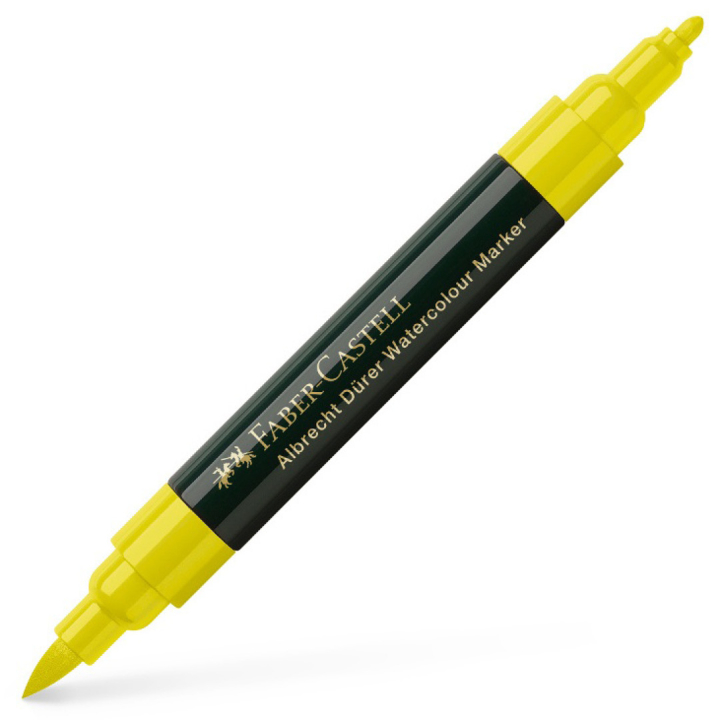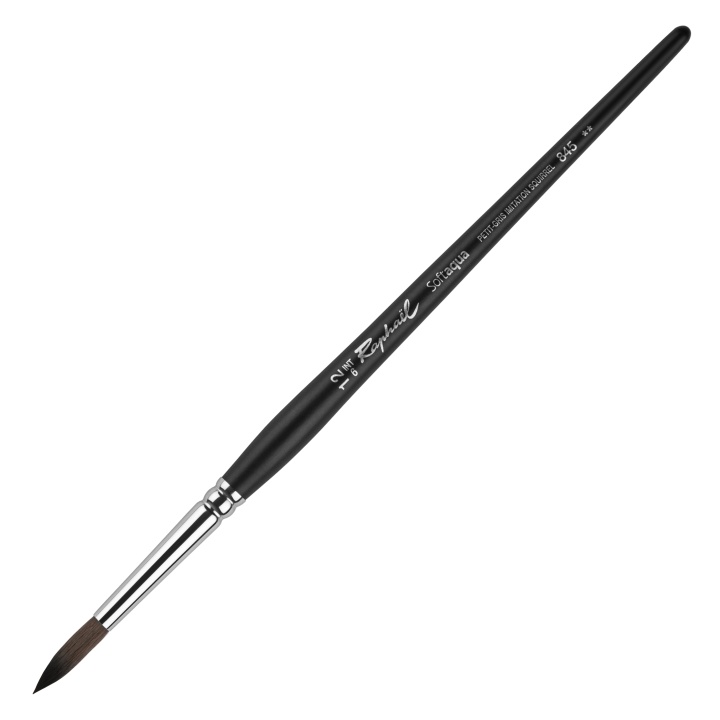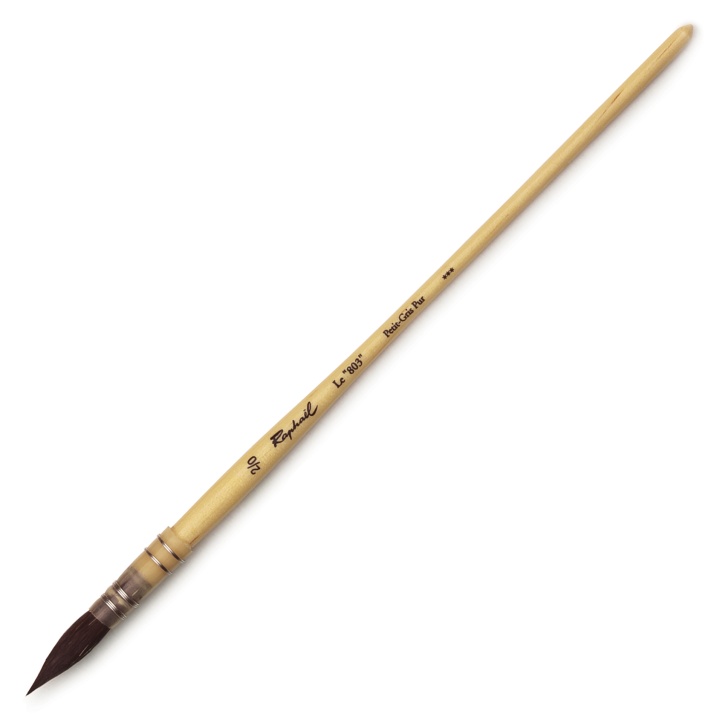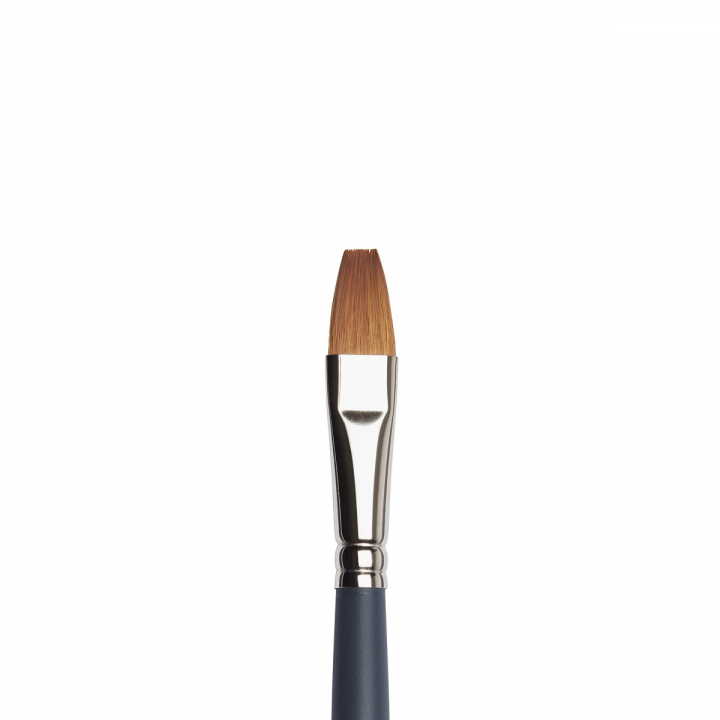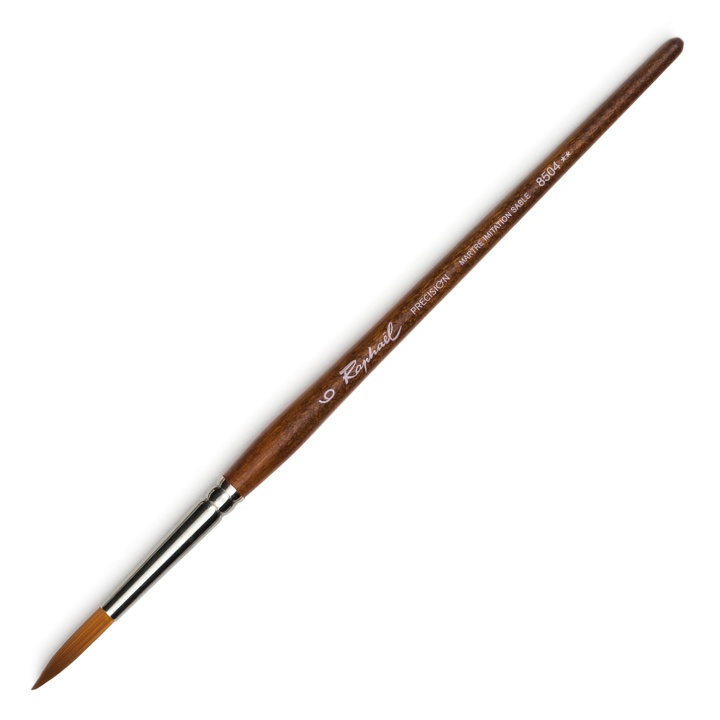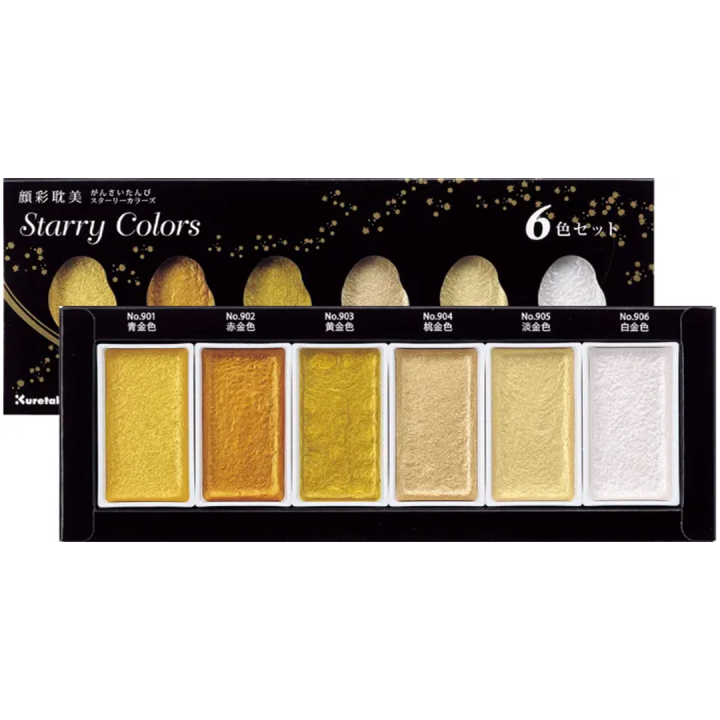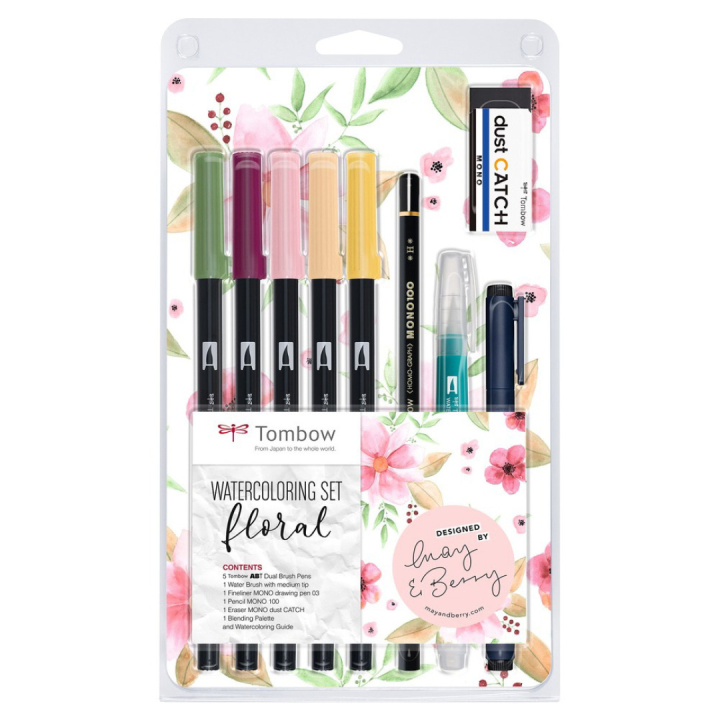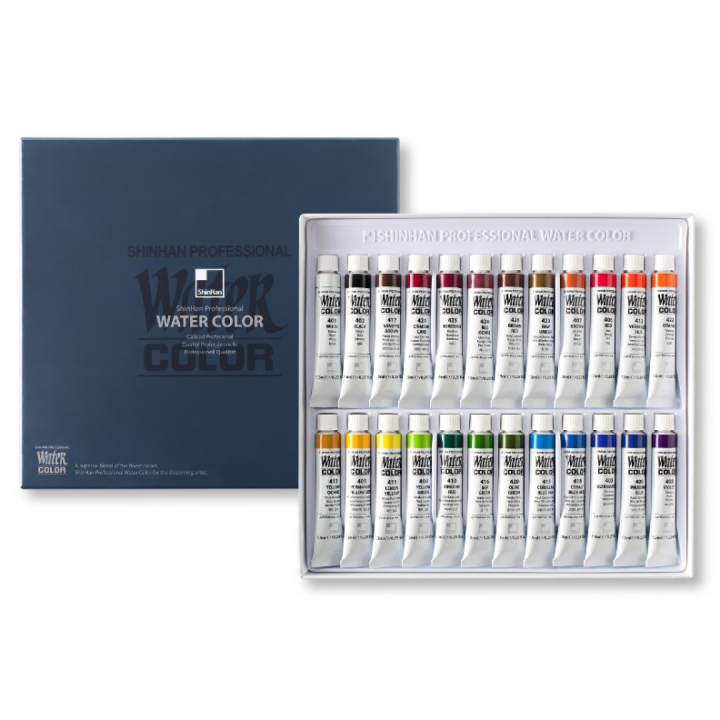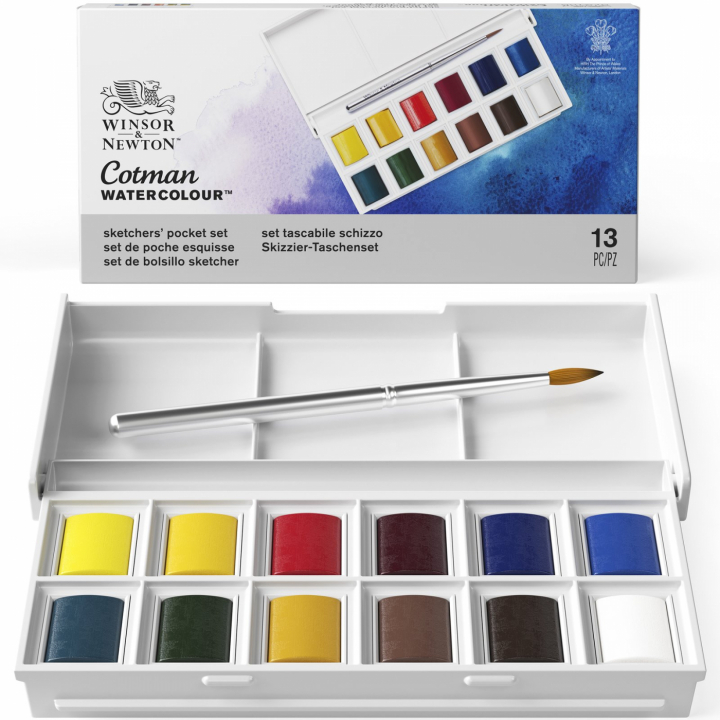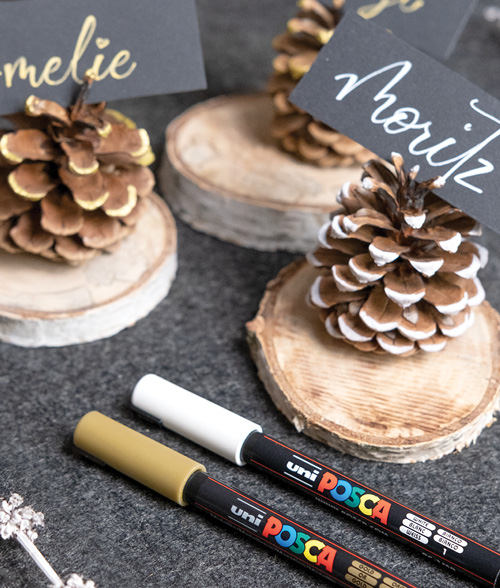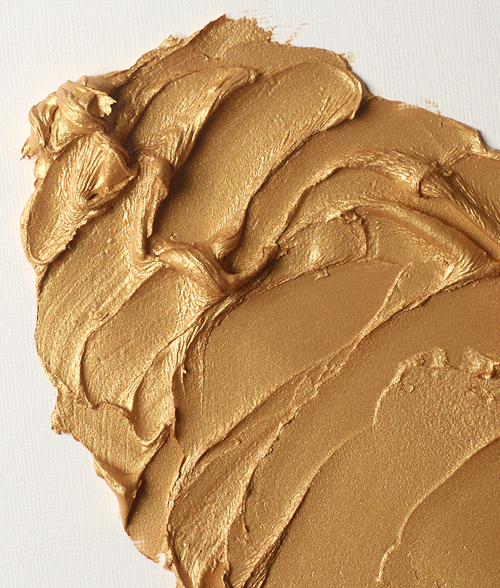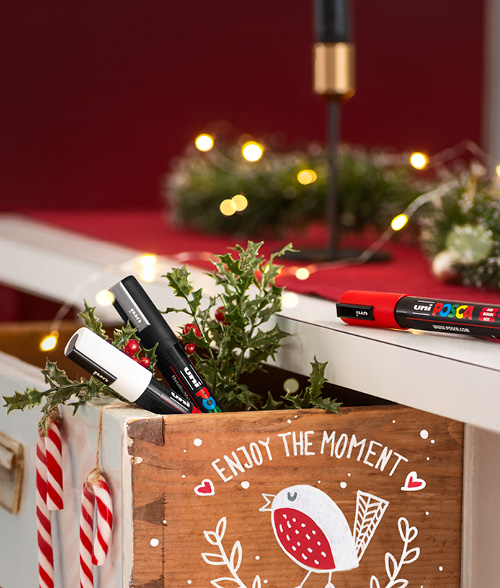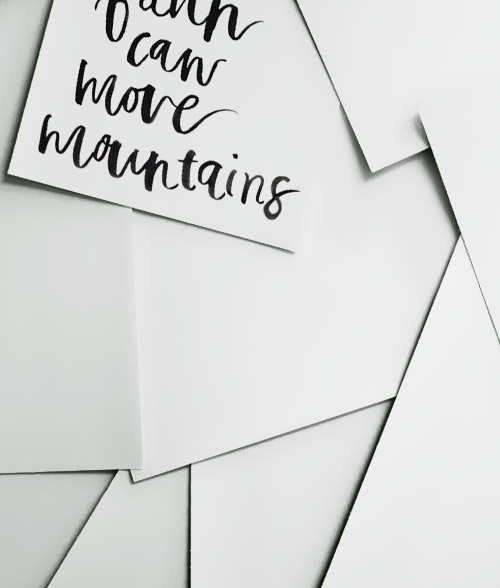Are you a watercolour newbie? Maybe you’re wondering how to use watercolours, which accessories you need or what paint or paper is the best? In this guide we have gathered the answers to these questions.
Everyone has been a beginner once, and we all know that it can be a bit difficult to get started in the beginning. That’s why we want to help you. Hopefully your questions will be answered and you can get started. There is so much to discover when it comes to watercolours.
What is watercolour?
Watercolour consists of pigment and binder. What separates watercolour from for example acrylic paint is the fact that watercolours are transparent. This quality means that you can achieve beautiful effects with different techniques, and you can build up layers in your painting.
What kinds are there?
Watercolour exists in many forms. There are tubes, pans (half pans and full pans), but also liquid watercolour, watercolour pencils and markers. We offer a large supply of products no matter which kind you choose. Most products can be found in our category Watercolour Paint, but also in Watercolour Pencils.
The difference between tubes and pans is primarily the consistency. Pans are easy to store and bring. If you buy a set with pans you will have a storage box, in which you can also mix colours. If you choose tubes instead, you will get a bit more value for your money because they contain more paint. The creamy consistency can easily be mixed with water and you can mix large quantities of paint. Letting the paint dry in a palette enables you to use the dry paint in the same way you would normally use a pan.
What do I need?
Primarily two things, apart from paint: a brush and paper. If you want the best result you should choose a watercolour paper. Watercolour paper is available in different sizes, with different textures (grain), and in the form of pads or loose sheets. The pads are glued at the top, or on all four sides. You can find suitable paper in our category Watercolour Pads.
When it comes to brushes, synthetic, squirrel or kolinsky sable-hair is the best choice. Animal hair absorbs a lot of water, making it a favorite among many artists. But there are also many great alternatives among the synthetic brushes. In recent years, many brands have developed synthetic options that are meant to imitate the qualities of animal hair, for example the series Professional from Winsor & Newton and Precision 8504 from Raphael.
Other supplies that can be useful when painting is a palette – on which you can apply paint from a tube but also mix colours. There are also a number of watercolour mediums that can create effects in your painting. A lot of artists use masking fluid to “protect” areas from paint and create white areas in the painting.
What is the best watercolour?
There are hobby quality, studio quality, and artist quality paints. Artist quality paint consists of pure pigments and has a higher concentration of pigments. This means that the colours have a different luster but are also more light resistant – meaning that the best watercolour paint will not fade as easily as hobby paint.
How do I start?
There are some techniques that can be good to know of before starting out. Two of the most basic ones are Wet-in-wet and Wet-on-dry. Wet-in-wet means that you wet your paper first, and apply paint afterwards. The paint will spread on the wet surface and you will get a blurry effect. Wet-on-dry means that you paint with a wet brush on dry paper. By doing so you can cover a surface with an even layer of paint and draw well-defined lines.
There! It is no weirder than that, just dip your brush in paint and start trying it out. When you have gotten to know the paint and how it behaves, there are plenty of ways to develop your painting skills. Maybe through a painting course or watching tutorials on Youtube?
 International (EUR)
International (EUR)
